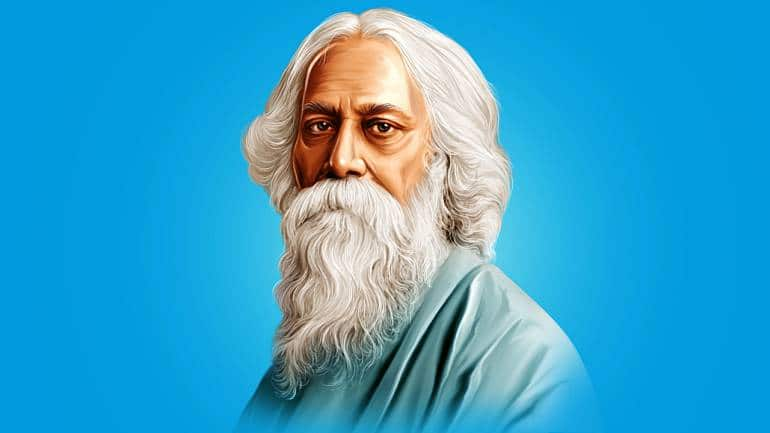India’s cultural heritage would never be the same without Rabindranath Tagore, a polymath whose creative talent included literature, art, music, and education. Tagore’s multifaceted abilities as a poet, author, painter, and composer have influenced the hearts and minds of millions of people all over the world. Rabindranath Tagore was the first Asian to win the Nobel Prize in Literature. This essay will examine his life and accomplishments and address some often asked questions about this great man.
Rabindranath Tagore’s Early Years and Achievements: A Life of Creativity
Rabindranath Tagore was born on May 7, 1861, in Calcutta (now Kolkata), India. He came from a well-known Bengali family with a rich cultural and intellectual history. His early exposure to the arts—music, literature, and the visual and performing arts—laid the groundwork for a career of creativity and invention.
The countless poems, short stories, novels, dramas, and essays that Tagore has written and had translated into many different languages are among his most renowned accomplishments. Gitanjali, a collection of poems that explores the most profound spiritual and humanistic issues, is his most well-known work and won him the Nobel Prize in Literature in 1913.
In addition to his literary accomplishments, Tagore was an influential member of the Indian art movement and a prolific painter. His paintings offer a distinctive and colourful view on the world around him and are influenced by his travels and exposure to many artistic traditions.
Tagore’s Influence on Indian Education: A Visionary Educator
Since Rabindranath Tagore was a pioneer in the realm of education, his influence goes beyond the arts. In order to establish a university that combined Eastern and Western principles, he established Visva-Bharati University in Santiniketan, West Bengal. Since then, this university has emerged as a symbol of modern education, encouraging its students’ critical thinking and creativity.
Concerning Rabindranath Tagore FAQs
Rabindranath Tagore: Who was he?
Indian polymath Rabindranath Tagore was a poet, author, painter, composer, and educator. He is regarded as a significant figure in India’s cultural history and received the Nobel Prize in Literature in 1913.
Rabindranath Tagore was born when and where?
On May 7, 1861, Rabindranath Tagore was born in Kolkata (now Calcutta), India.
What is the most well-known work by Rabindranath Tagore?
Gitanjali, a collection of poems that won Tagore the Nobel Prize in Literature, is his most well-known composition.
Why did Rabindranath Tagore receive the Literature Nobel Prize?
Gitanjali, a book by Tagore that won the Nobel Prize in Literature in 1913, was praised for its deep spiritual and humanistic topics as well as its distinctive lyrical style.
What did Rabindranath Tagore provide to the educational field?
In Santiniketan, West Bengal, Tagore established the Visva-Bharati University with the intention of fusing Eastern and Western educational systems. Since then, the university has come to represent modern education in India.
What impact did Rabindranath Tagore have on Indian art?
In the Indian art movement, Tagore played a significant role as a prolific painter. His distinctive and colourful works of art have had a profound effect on Indian art.

